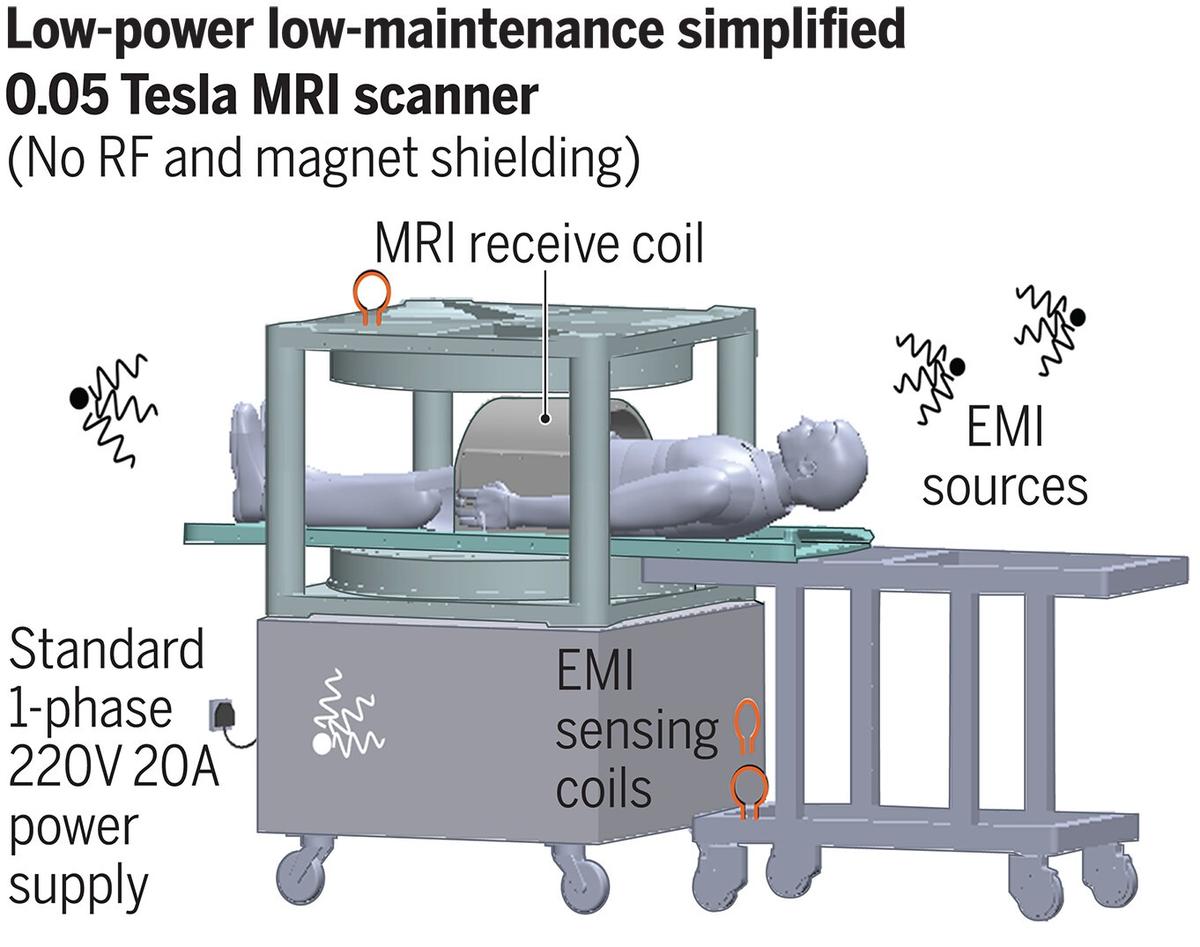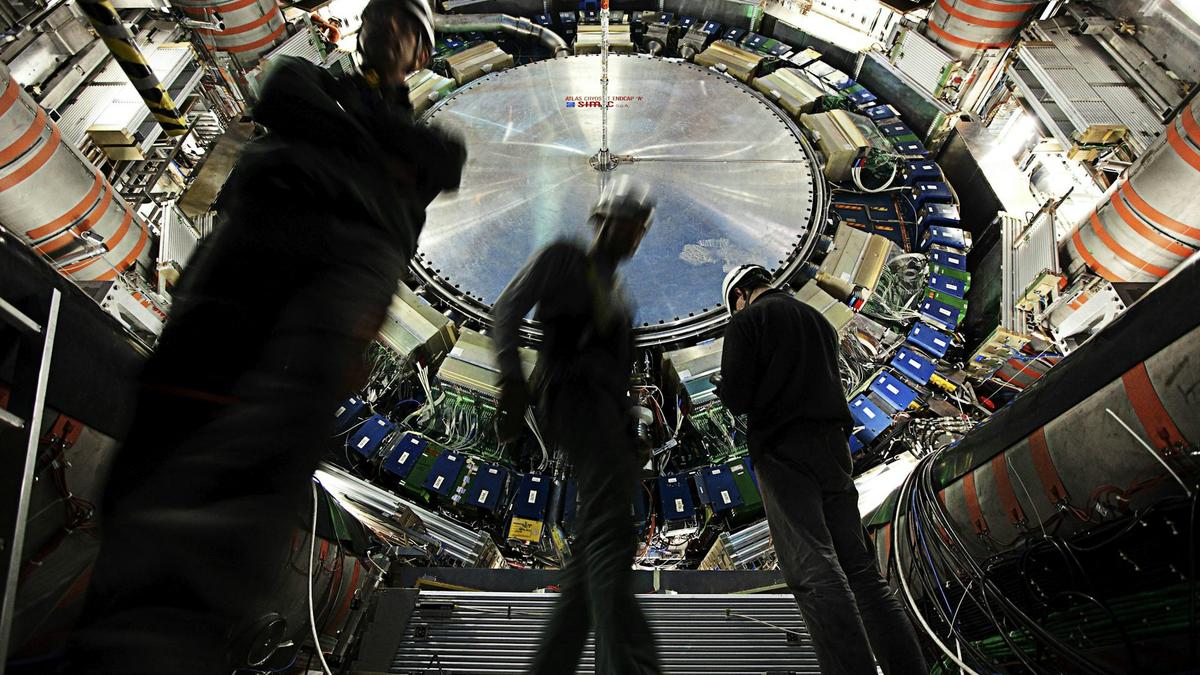Illustration of a squirting cucumber (Ecballium elaterium) dispersing its seeds.
| Photo Credit: Getty Images
The squirting cucumber (Ecballium elaterium) is named for the ballistic method the species uses to disperse its seeds. When ripe, the ovoid-shaped fruits detach from the stem and eject the seeds explosively in a high-pressure jet of mucilage. This projectile launch — lasting just 30 milliseconds — causes the seeds to reach speeds of around 20 metres per second, and land at distances up to 250 times the length of the fruit (around 10 metres).
The exact mechanism of the squirting cucumber’s seed dispersal, and how this affects its reproductive success, remained poorly understood. Through mathematical models and by conducting a variety of experiments, including high-speed camera to film the seed dispersal process, measuring fruit and stem volume before and after dispersal, and monitoring the fruit with time-lapse photography in the days leading up to launch, researchers have elucidated the key components of the plant’s dispersal strategy. In the weeks leading up to seed dispersal, the fruits become highly pressurised due to a build-up of mucilaginous fluid.
In the days before dispersal, some of this fluid is redistributed from fruit to stem, making the stem longer, thicker, and stiffer. This causes the fruit to rotate from being nearly vertical to an angle close to 45 degrees, a key element needed for successful seed launch. In the first hundreds of microseconds of ejection, the tip of the stem recoils away from the fruit, causing the fruit to counter-rotate in the opposite direction.
Due to the components above, the seeds are ejected with an exit speed and launch angle that depend on their sequence: with subsequent seeds, the exit speed decreases (because the pressure of the now emptying fruit capsule decreases) while the launch angle increases (due to the fruit’s rotation).
This causes the initial seeds to reach the furthest distance, with subsequent seeds landing closer. As multiple fruits are distributed around the centre of the plant, the overall result is a wide and nearly uniform distribution of seeds covering a ring-shaped area at a distance of between two and 10 metres from the mother plant.
Published – December 01, 2024 06:00 am IST











